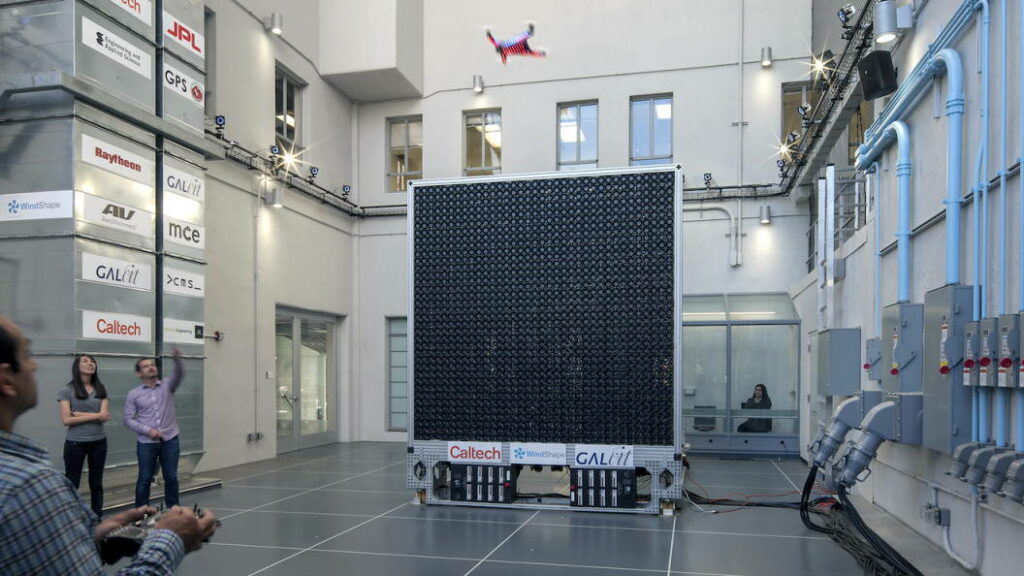Tyto Robotics details how the company’s Windshaper drone aerodynamic testing technology works. According to Tyto, the terms ‘open air wind tunnel’, ‘wind generator’, and ‘3D wind flow creator’ are all accurate ways to describe Windshapers, but do not fully express the capabilities of the technology.
Read the full article on Tyto Robotics’ website here
The article covers:
- What is a Windshaper – details of the individual modules, which can be stacked into any required combination
- How to control the Windshaper – the capabilities of the WindControl software, which features a Python API
- What flows can be produced – explanations of steady, turbulent, shear, and time-variable flows, as well as wind gust and vertical wind/landing phase optimization modes
- Advantages and disadvantages of Windshapers for drone testing and validation
- Compatible systems – propulsion test stands, convergent devices, flow filters and tilting mechanisms
To find out more about Tyto Robotics’ unique Windshaper system for aerodynamic testing of UAVs (unmanned aerial vehicles), read the full article here.











